Notice: Undefined variable: page in /home/vrxdg1855sn3/public_html/wp-content/themes/72tree/content.php on line 15
Notice: Trying to get property 'ID' of non-object in /home/vrxdg1855sn3/public_html/wp-content/themes/72tree/content.php on line 15
How is Your Tree Fighting Global Warming
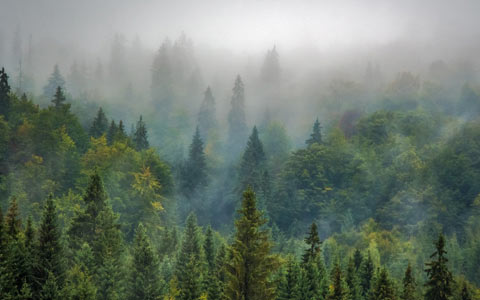
Did you know that your tree is part of a global carbon sequestration system that sustains breathable air for the human race? In fact, without trees, life on earth as we know it would cease to exist.
72tree.com gathered essential information about the role of carbon sinks and how keeping your tree healthy plays a vital role in combating global warming and sustaining breathable air.
What Are Carbon Sinks
A carbon sink is a natural system that absorbs, uses, and stores carbon dioxide from the atmosphere. Technically, you could say that anything that absorbs more carbon than it releases is a carbon sink.
Earth’s principal carbon sinks are:
Trees and Plants – Trees and plants use carbon dioxide captured from the atmosphere for their photosynthesis (food making) process.
Oceans – The oceans play a significant role in storing carbon dioxide. Some marine life will capture the gas for photosynthesis, while some of the gas simply dissolves in the water.
Soil – As plant life dies and decomposes, a portion of its captured carbon dioxide is transferred to the soil.
Nearly a quarter of the carbon dioxide humans have released into the atmosphere has been absorbed by trees and plants. As atmospheric carbon dioxide levels increase, so increases carbon fertilization.
Carbon Fertilization and Tree Growth
As atmospheric carbon dioxide levels increase, more is available to convert to plant matter through photosynthesis, and trees can grow more. This increased growth is referred to as carbon fertilization.
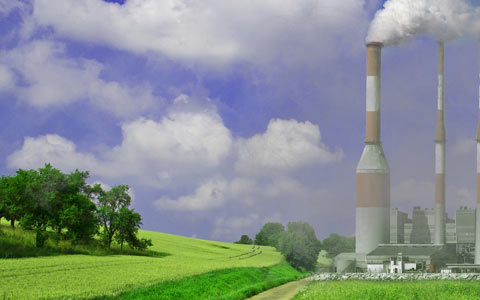
Because of carbon fertilization, trees will continue to grow larger and for more extended periods, as long as their necessity for water, sunlight, and nutrients (primarily nitrogen) is met. If a tree is missing just one of these necessities, it will not grow regardless of the abundance of the others.
Tree Planting and Forest Conservation
Tree planting and forest conservation are vital activities towards the reduction of mankind’s carbon footprint, as trees are remarkably efficient at carbon sequestration, they provide up to 30% of the global action required to stop climate change.
In fact, a single healthy tree is capable of releasing around 6,000 pounds of breathable oxygen over 50 years. That’s about the oxygen consumption of 4 people per year.
With 3.04 trillion trees worldwide and a world population of 7.53 billion, trees alone produce approximately 4,845 pounds of oxygen per person per year. While this number seems reasonably sufficient, carbon emissions are on the rise around the globe, leaving the ominous question of “How long can our trees sustain our oxygen requirements?”
Along with rising carbon emissions, trees and forests, do not always act as carbon sinks. In fact, massive carbon releases by trees may occur at any time when triggered by:
• Deforestation
• Tree and plant decay
• Forest fires
• Wildfires
• Volcanic eruptions
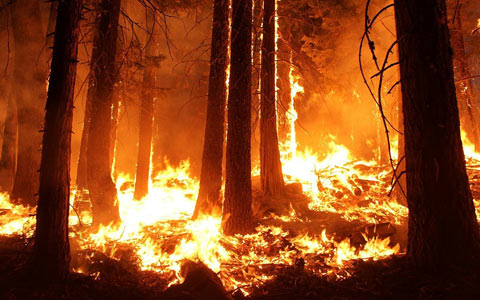
Suffice it to say that as long as carbon emissions continue rising, and the global tree population is threatened, the delicate balance of carbon sequestration and oxygen production can easily slide in the wrong direction.
Tree and forest conservation is one of our best weapons to fight global warming, and it starts in your yard. Keep your trees healthy by making sure they:
• Are planted in the right place
• Have the best soil type for the species
• Have sufficient water
• Are fertilized before their growth period
• Are seasonally pruned
• Are properly mulched
• Inspected annually for disease and infestation
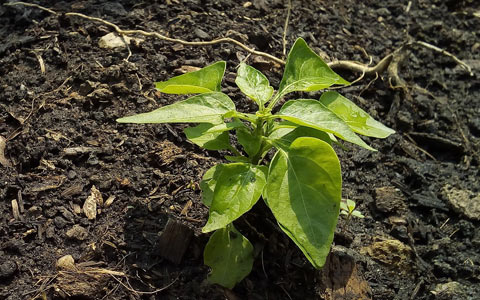
Learn more about planting trees at 72tree.com/tree-planting-guide/
When living near or visiting a forest, you can participate in its conservation by:
• Camping in only designated areas
• Removing or disposing of your trash properly
• Building fires in designated fire-pits
• Fully extinguishing fires before leaving
• Disposing of matches and cigarette butts properly
• Not discharging fireworks
• Reporting suspicious activities
• Notifying park rangers of dead or dying trees
• Avoiding all activities that can physically harm trees
Learn more about forest conservation and preventing wildfires at redcross.org/get-help/how-to-prepare-for-emergencies/types-of-emergencies/wildfire/how-to-prevent-wildfires.html
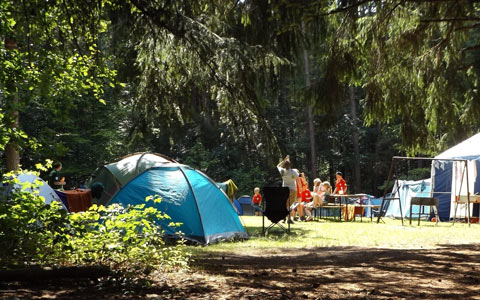
Your Tree, Climate Change, and Global Warming
It may be hard to imagine, but by keeping your trees healthy, you are actively pushing back against climate change and global warming. The human race owes its breathable air to the global population of trees, as they sequester carbon dioxide and release the oxygen we breathe.
In this article, you discovered the function and importance of carbon sinks, how your tree plays a significant role in global oxygen production, and how healthy trees and forests help to stop climate change and reverse global warming.
By keeping your trees healthy, you are actively participating in the reduction of atmospheric carbon dioxide, thus slowing climate change and global warming.
Sources:
https://earthobservatory.nasa.gov/features/CarbonCycle/page5.php
https://www.americanforests.org/blog/forests-carbon-sinks/
https://www.nasa.gov/feature/goddard/2016/carbon-dioxide-fertilization-greening-earth
https://www.conservation.org/stories/Pages/14-forest-conservation-facts-you-need-to-know.aspx
https://www.npr.org/2015/12/26/461095807/tree-counter-is-astonished-by-how-many-trees-there-are
Notice: Undefined variable: page in /home/vrxdg1855sn3/public_html/wp-content/themes/72tree/content.php on line 15
Notice: Trying to get property 'ID' of non-object in /home/vrxdg1855sn3/public_html/wp-content/themes/72tree/content.php on line 15
Can We Live Without Trees and How to Save Them
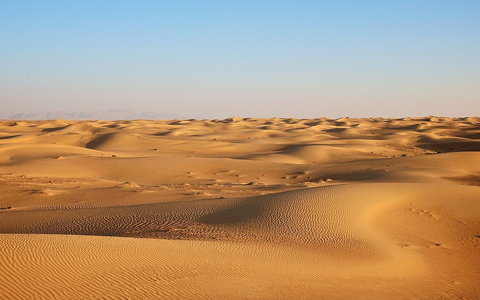
Without trees, we all die. Besides providing oxygen for us to breathe, trees make life on earth sustainable. Discover what is happening to the world’s trees and why we urgently need to stop senseless deforestation.
Trees affect everything from the air we breathe to the rain that falls from the sky. Without a robust population of trees, we die and so does our planet.
72tree.com gathered tree information, statistics, problems, and actions we can all take to preserve our trees and our habitable planet.
What Will Happen if We Cut Down All the Trees?
Right now, just over 3 trillion trees are growing on our planet. Every year, over 15 billion of those trees are felled or lost to natural disasters. At this rate, earth’s last tree will fall in roughly 200 years.
As earth’s tree population nears zero, the following will occur:
Oxygen and CO2 – Trees remove CO2 from the atmosphere and convert it to oxygen through the process of photosynthesis. Without them converting CO2 to oxygen, CO2 levels would begin to rise while oxygen levels would steadily fall.
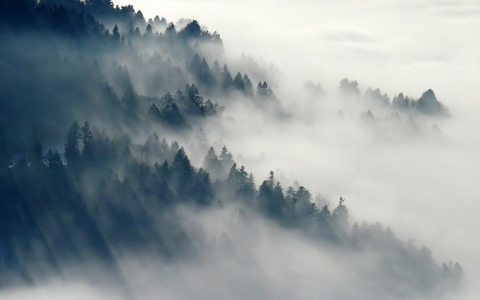
Trees are responsible for 35% of the oxygen we breathe. The other 65% are produced by algae and phytoplankton in the oceans.
Flooding and Erosion – Without tree roots to absorb water and stabilize the soil, even the smallest of storms will result in significant flooding, topsoil erosion, and landslides.
Air and Soil Pollutants – Trees work nonstop to filter ammonia, sulfur dioxide, nitrogen dioxide, and carbon monoxide from the air and soil.
Without trees, these pollutants would find their way into what crops are left and into the feed of what animals are left, not to mention the air we breathe.
Evapotranspiration – Without trees, the process of evapotranspiration would stop. This is the process of moistening the air which produces more clouds. Evapotranspiration is responsible for maintaining the delicate balance between fertile land and dry desolate desert.
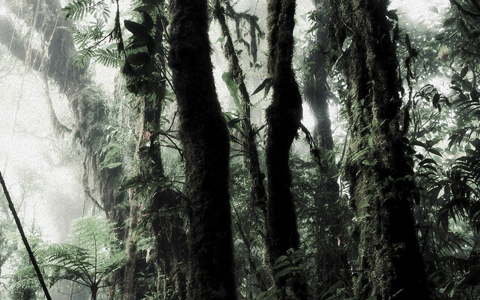
Fewer clouds mean less rain. With less rainfall, fertile land would dry up, fresh water sources would run out or stagnate, and agriculture will begin to fail on a global scale.
Acid Rain – Without trees to remove pollutants, what little rainfall remains would be mostly acidic. All remaining plant life would be crippled.
Global Warming – As the earth’s temperatures rise, the polar ice-caps would melt at an accelerated rate, causing ocean levels to rise and inundate coastal lands and freshwater sources.
As witnessed primarily in the south pole, the ice caps are already receding at an alarming pace, and if this melting isn’t slowed or stopped, it could threaten the survival of all wildlife within that ecosystem.
As the ice melts and causes desalinization in the oceans, weather patterns are subject to erratic change. Off-season snow storms, tsunamis, typhoons, hurricanes, and even blistering summers can all be driven by our raising global thermostat.
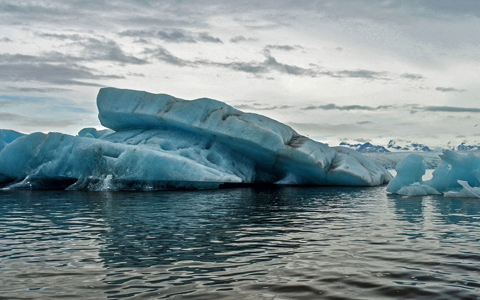
Labored Breathing – With CO2 levels on the rise and oxygen levels depleted, people with respiratory and blood problems would be the first to die along with animals unable to cope with the atmospheric changes.
Extinction – Small animals which once depended on trees for food and shelter would be the first to perish. Within a short period, the natural food chain would begin to lose its structure, leaving carnivorous scavengers to likely last the longest.
As temperatures continue to rise, the oxygen levels in the atmosphere decrease, and food sources become even more scarce, the food chain – in its entirety – would eventually break down, leaving every living creature on the planet on a collision coarse with extinction. Including mankind.
The timeline and events portrayed above are a representation of the first fifty to one hundred years without trees.
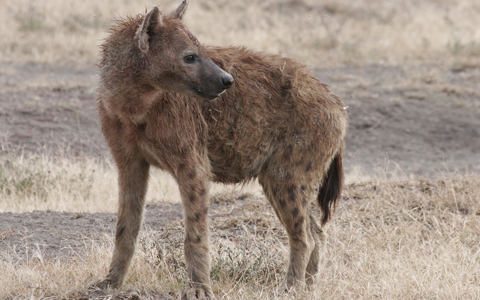
What Can We Do to Stop Deforestation?
You alone can make a tremendous impact on the future of our planet’s tree population. The following are ways that you can help stop deforestation:
Plant a Tree – Every tree you plant slows down the effects of deforestation. However, planting a tree isn’t enough. It is just as important to keep that tree healthy and resistant to disease and insect infestation.
Adding to the complexity of this situation is the process of natural deforestation. This is when beetles and other boring insects successfully attack large numbers of trees in either urban settings or forests. As these trees die, they dry out and become fuel for wildfires.
Besides annual inspections of your trees, whenever you detect the presence of an infestation or disease, call an arborist to assess the situation and offer a course of action.
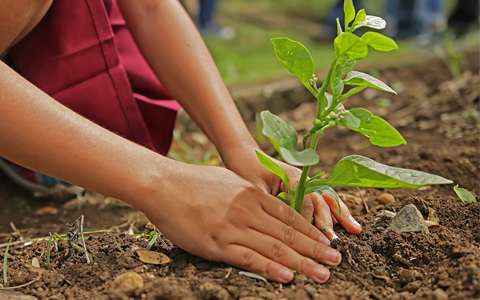
you can discover more about tree health problems and solutions by visiting 72tree.com/9-common-tree-health-problems-solutions/
Go Paperless – Whenever possible, receive and pay bills online. With the technological advances we have at our fingertips, we are able to reduce the use of nearly all paper products drastically.
Recycle – For decades, companies and households of all sizes have been recycling. You can push this concept forward by only purchasing recycled paper products and by recycling yourself.
Look for Forest Stewardship Council Certification – This is known as FSC certification and can be found on wood, paper, and food products. Products with this certification are produced in sustainable ways and can be classified as follows:
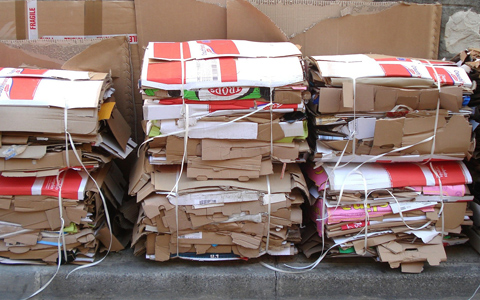
• FSC 100% includes products that come from FSC-certified forests.
• FSC Recycled means the wood or paper within a product is sourced from reclaimed material.
• FSC Mixed means at least 70 percent of the wood in a product comes from FSC-certified or recycled material, and that 30 percent is made of controlled wood.
Eat Vegetarian – By eating vegetarian or vegan meals as often as possible, you are reducing the demand for livestock, thereby reducing the need for deforestation to graze the animals.
Teach Others about Sustainability – The most impactful thing you can do to save our trees and forests is to teach others how to live sustainably.
According to recent research, nearly half of the world’s trees have been lost over the past 12,000 years to agriculture and population growth, and at the rate trees are currently being cut down, they will be gone in 200 years unless we take action to prevent it.
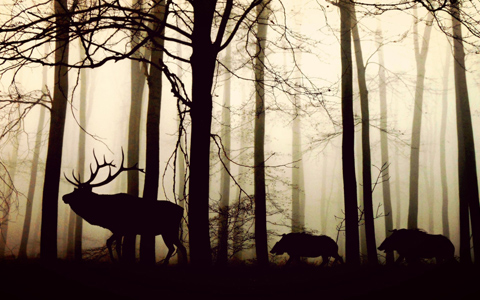
What Can We Do to Save Trees
As mentioned above, planting a tree helps turn back the effects of deforestation, while saving trees is a bit different. To save a tree, you don’t necessarily need to travel to the forest and stand in the way of a bulldozer.
You can save trees every day by caring for the ones that surround you:
• Plant trees in their hardiness zone.
• Plant trees in locations where they can grow freely.
• Adjust soil conditions to match your trees’ needs.
• Prune your trees as it grows.
• Water your trees during dry weather.
• Learn to identify signs of disease and infestation.
• Schedule annual inspections by an arborist.
• When a tree becomes a hazard, have it removed.
That last bullet point may have confused you. There are times when tree diseases or infestations can pose a grave threat to the surrounding ecosystem. In such cases, removing the tree may be the only practical option to protect other trees.
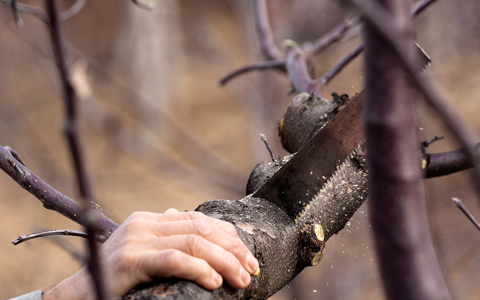
Cutting Down Trees Affects Us and Our Environment
All living creatures including mankind need trees to breathe, eat, and live. Life on earth, at all levels, depends on the abundant existence of a healthy tree population.
In this article, you discovered important tree population information, statistics, problems, and actions we can take to care for our trees and keep our planet habitable.
Ignoring that there is a problem only allows the problem to flourish. If we are to preserve our planet, each of us must take action in some way to keep our trees healthy and rely less on the material possessions that encourage deforestation.
Sources:
https://blogs.worldbank.org/opendata/five-forest-figures-international-day-forests
https://www.epa.gov
https://www.greenpeace.org/usa/forests/solutions-to-deforestation/
https://www.ucsusa.org/global-warming/solutions/stop-deforestation
https://ic.fsc.org/en/what-is-fsc-certification
https://www.nature.com/articles/nature14967
